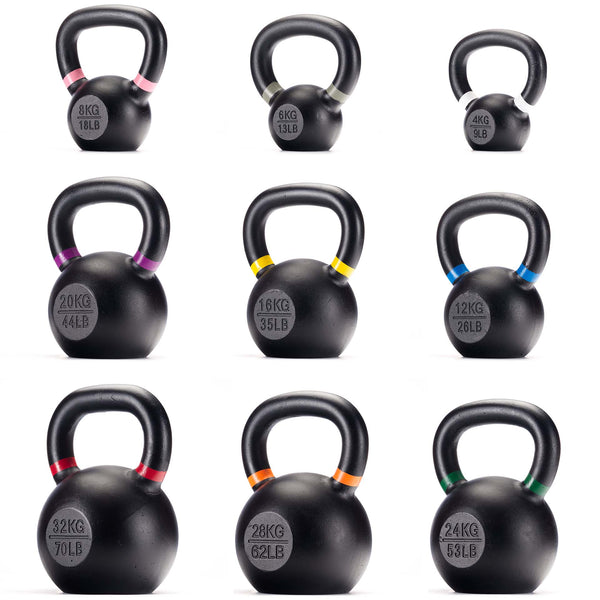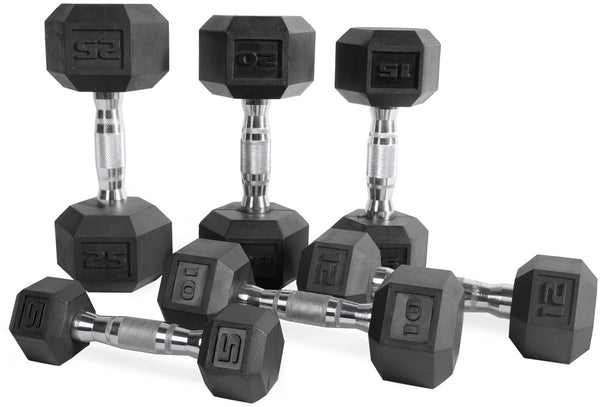Your Cart is Empty
January 23, 2024 3 min read
The hamstrings are a group of three muscles that make up the back of the thigh. They help to stabilize the knee joint, provide power and agility for running and jumping, and control the knee’s range of motion. Not only that, but they also play an important role in everyday movements like walking and sitting down. Training the hamstrings is essential for maintaining good balance and stability, as well as avoiding injury.
Shop The Collection: KettlebellsTraining the hamstrings can bring a host of benefits:
 Shop The Gear: MAGMA Cast Iron Kettlebells, from $10.99 USD
Shop The Gear: MAGMA Cast Iron Kettlebells, from $10.99 USD
Having strong hamstrings can also reduce the risk of lower back pain and improve overall health. By strengthening the hamstrings, you’re strengthening your core and improving your overall fitness level.
Shop The Collection: DumbbellsThere are several different types of exercises that target the hamstrings, including:
 Shop The Gear: CAP Barbell Rubber Hex Dumbbells, from $3.99 USD
Shop The Gear: CAP Barbell Rubber Hex Dumbbells, from $3.99 USD
These exercises can be done with free weights, machines, or even just your bodyweight. Each exercise will target the hamstrings in a slightly different way, so it’s a good idea to mix up your routine and try out different exercises.
When performing hamstring exercises, proper form is key. Here are some tips to help you get the most out of your workout:
By following these tips, you can ensure that you are getting the most out of your workouts and that you are doing the exercises correctly and safely.
When choosing the right equipment for training your hamstrings, it’s important to consider how much weight you need and what type of exercise you’ll be doing. For example, if you’re doing squats or deadlifts, you’ll want to use free weights such as barbells and dumbbells. If you’re doing leg curls or good mornings, you’ll want to use a machine.
If you don’t have access to a gym, there are still plenty of ways to train your hamstrings. Resistance bands are a great option, as they allow you to do a variety of exercises without having to worry about lifting heavy weights. Bodyweight exercises such as lunges, step-ups, and kettlebell swings are also effective and require no additional equipment.
It’s important to remember that training your hamstrings is part of an overall fitness plan. You should aim to incorporate hamstring exercises into your regular workout routine at least twice a week, preferably more. Try to focus on two or three exercises per session and vary the intensity and volume as needed.
For example, if you’re doing squats or deadlifts, start with a light weight and perform 3-4 sets of 8-10 repetitions. As you get stronger, you can increase the weight and/or the number of sets and reps. If you’re doing bodyweight exercises, you can add additional sets or hold the position for longer periods of time to increase the difficulty.
Remember to always warm up before any workout and to cool down afterward. This will help reduce the risk of injury and ensure that you’re getting the most out of your training.
Training your hamstrings is essential for overall health and fitness. It can help improve posture, reduce the risk of injury, and enhance performance in physical activities. There are many different exercises that can be used to target the hamstrings, and it’s important to choose the right equipment and incorporate hamstring training into your regular workout routine.